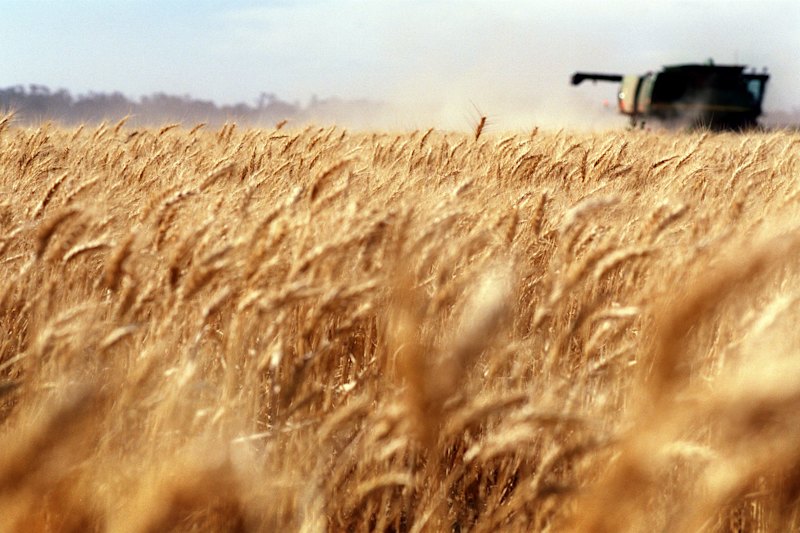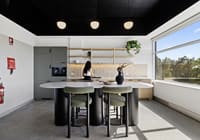
Drive-through supermarket collections a blueprint for post-pandemic retail
An under-construction shopping centre in Sydney’s Schofields that will feature drive-through grocery collection shows how the retail sector is adapting to a ‘click and collect’ world post-COVID-19, according to a leading expert on consumer behaviour.
The Coles-owned Schofields Village shopping centre, which will open in the second half of 2021, will have the supermarket giant’s first click-and-collect drive-through – with dedicated lanes where groceries are packed into customers’ cars on arrival, while they stay in the vehicle.
Coles NSW development manager Howard Hathorn has described the development as a “one-stop-shop” for local residents.
Queensland University of Technology marketing and consumer behaviour Professor Gary Mortimer said if suburban malls like that in Schofields could orient themselves to be click-and-collect hubs, they would likely find success in the post-COVID world.
He thought we would see many more smaller-format marketplaces, with a supermarket and only 15 to 20 retail offers.
“I think we’ll see a growth of that smaller format,” he said. “One, because they are cheaper to build and there’s less restrictions on car parks and those sorts of things often underpinned by transport like buses.
“[Secondly], having those smaller satellite centres really allows retailers to grow their online offer by having that click-and-collect ability.”
Suburban malls would increasingly house stores with goods that people would be unable to wait 24 to 48 hours for home delivery – such as groceries and office supplies.
Professor Mortimer cited the conversion of Target Country stores into Kmart K Hubs as an example of the trend.
“The new Kmart K Hub is taking goods from [a] central location such as a distribution centre and taking it to a hub, so the hub can be quite small,” he said. “Thinking of the efficiencies, even today it’s still cheaper and quicker for Kmart and stores like it to deliver to one location, be it a small store, rather than delivering single parcels to residential addresses.”
Despite an increase in the number of online grocery orders during the pandemic, the majority of grocery-related spending was still conducted in-store, Professor Mortimer said.
“Ninety-four cents in every dollar is still spent in a physical supermarket so supermarkets will still be around,” he said.
As a result, he anticipated that suburban malls were likely to do well out of the structural changes resulting from the COVID-19 pandemic.
“We term it the shrinking giant – we’re seeing traditionally big commercial real estate look to shrink that footprint,” he said. “They understand consumers are time-poor, they don’t want to battle a big shopping centre. So the suburban shopping malls seem to be quite popular.”
Other than designing stores to accommodate click-and-collect operations, Professor Mortimer said suburban shopping centres would have a tenant mix that focused on the services industry, rather than traditional retail.
“Increasingly it will be food takeaway, hairdressers, beauticians [and] childcare facilities bolted onto these commercial real estate areas – cafes and those types of things. Food beverage and services tend to be now dominating those types of suburban centres. They provide that convenience of grabbing a coffee,”
As well as a Coles and Liquorland there will be 15 other retailers, including cafes, dining outlets, retail services, a childcare centre and a medical centre at the Schofields Village shopping centre.










